Modelling in the Classroom
How to use Modelling effectively
Developed by Education Experts, this accredited training course provides the key information needed to understand how to use Modelling effectively in Teaching. Learners will delve into the historical pedagogy behind Modelling to understand its place in 21st Century education.
On completion, Learners will have a strong understanding of practical skills and strategies to implement Modelling in various different learning contexts including full class sessions, 1-2-1 sessions and SEN scenarios.
Level: Intermediate
Duration: 1.5 hours
Video time: 1 hour
Learners: 50+
On completion, Learners will have a strong understanding of practical skills and strategies to implement Modelling in various different learning contexts including full class sessions, 1-2-1 sessions and SEN scenarios.
Level: Intermediate
Duration: 1.5 hours
Video time: 1 hour
Learners: 50+
Write your awesome label here.

Who is this online course for?
- Teachers
- Teaching Assistants
- SEND Teachers
- Supply Teachers
- Tutors
Modelling provides a clear roadmap for learning. By observing and discussing how to approach tasks with the Teacher, students gain invaluable insight into complex concepts that they wouldn't be exposed to without Modelling.
Modelling benefits span across disciplines, from breaking down grammatical structures in English Language, to complex problem solving in Maths.
Instead of struggling to grasp new concepts by themselves, Modelling helps students learn by observing examples. This frees up mental space for them to grasp core principles and make connections.
When Teachers use Modelling students see the "why" behind the "how," fostering a deeper understanding and desire to learn. Students are able to develop their own critical thinking and problem-solving skills. This empowers them to become independent learners and able to tackle challenges more effectively.
Modelling benefits span across disciplines, from breaking down grammatical structures in English Language, to complex problem solving in Maths.
Instead of struggling to grasp new concepts by themselves, Modelling helps students learn by observing examples. This frees up mental space for them to grasp core principles and make connections.
When Teachers use Modelling students see the "why" behind the "how," fostering a deeper understanding and desire to learn. Students are able to develop their own critical thinking and problem-solving skills. This empowers them to become independent learners and able to tackle challenges more effectively.
Key Modelling in the Classroom learning objectives
-
What is Modelling?
-
Rosenshine's Principle
-
The Social Learning Theory
-
How to implement Modelling in different learning contexts
-
Understand when to use Modelling, and when not to
-
Key Modelling strategies

